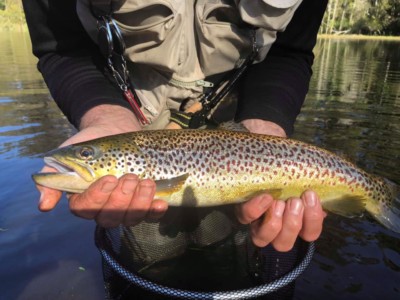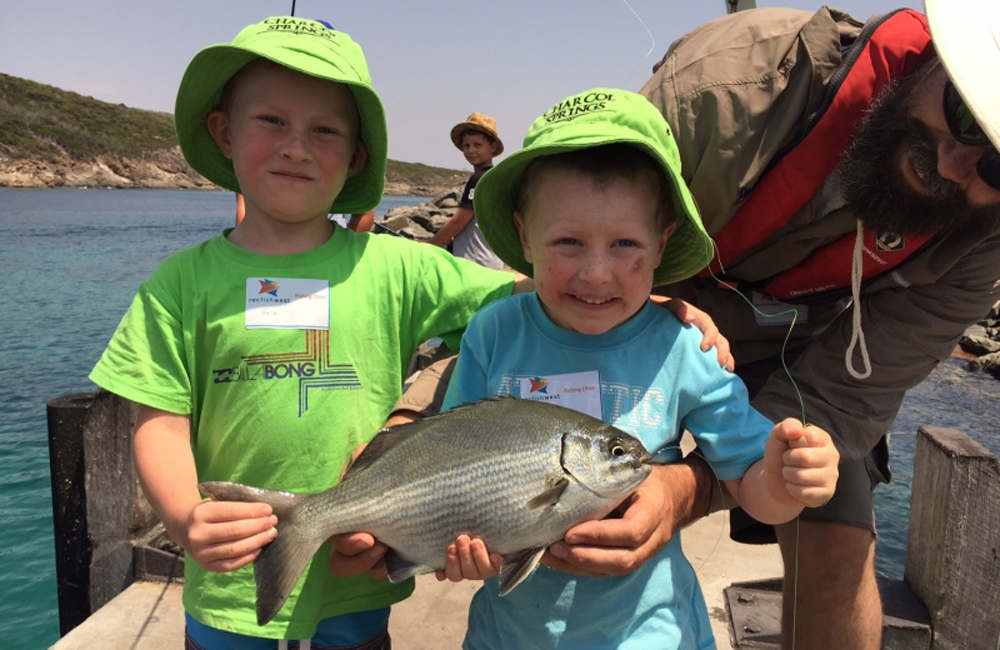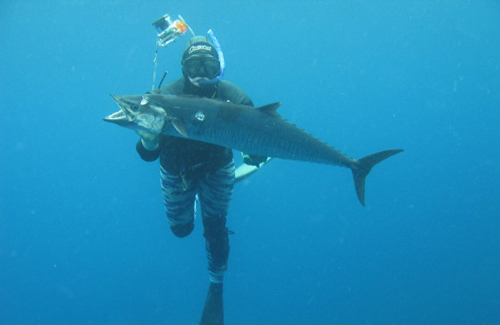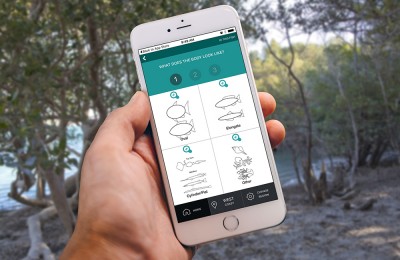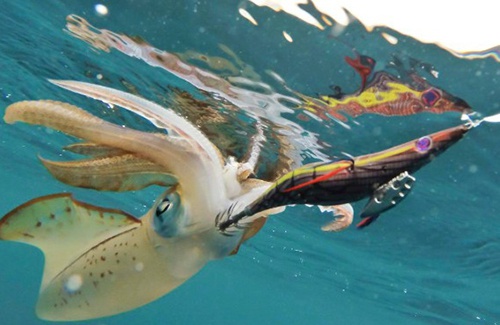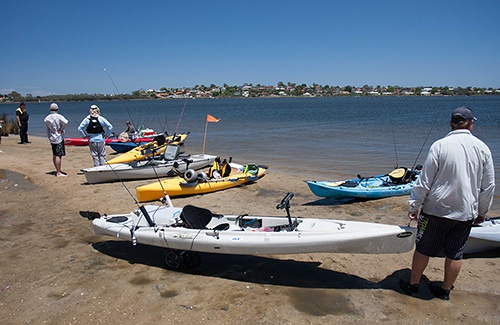
We often hear about the flushing effect winter rains have on our estuaries and river systems, but just what do our seasonal freshwater flows mean for recreational fishers?
While heavy rains may shut down fishing in many systems in the days that follow, they actually play an important part in keeping those waterways healthy long-term and ensuring they provide good fish habitat.
Of course, sometimes an unusually heavy deluge or flood event can also have a very detrimental effect on the aquatic environment, destroying habitat, bringing in unwanted chemicals and pollutants which in turn sometimes causes fish kills.
However, by and large an injection of freshwater into the system is just a natural part of the annual cycle and something our fish are used to dealing with.
These freshwater flows oxygenate the water and flush out weed, algae and silt, while also delivering valuable nutrients to the waterway, keeping the ecosystem healthy with an annual refresh. Systems which do not receive these regular flushes often have major problems with water quality, including algal blooms.
 In the Swan River, decreasing freshwater flows over the last decade have meant that in late summer, when flows are at their lowest, oxygen levels in some of the deeper areas of the river have been falling to lethal lows. This has reduced the habitat available to bream and may have contributed to decreased growth rate of the species in metro waters.
In the Swan River, decreasing freshwater flows over the last decade have meant that in late summer, when flows are at their lowest, oxygen levels in some of the deeper areas of the river have been falling to lethal lows. This has reduced the habitat available to bream and may have contributed to decreased growth rate of the species in metro waters.
In the southwest many fishers are expecting good flows. Owner of Albany Bait and Tackle, Jim Allen, who has been fishing the area for decades commented that, “the benefits of the good flush we get this year will be seen in the quality of fishing in 3 or 4 years time, as in the past the lack of flows has led to poor water quality and habitat loss.”
Key recreational fishing species like bream, mulloway, trout, prawns, crabs and barramundi are all attuned to the changes these flushes create and each react in their own way.
For species like mulloway and barramundi, increased freshwater flows often trigger the spawning activity which is so critical to their stock numbers.
Black bream will invariably move downstream in systems when there is a big freshwater flush, preferring brackish water to fresh, although they can survive in the latter.
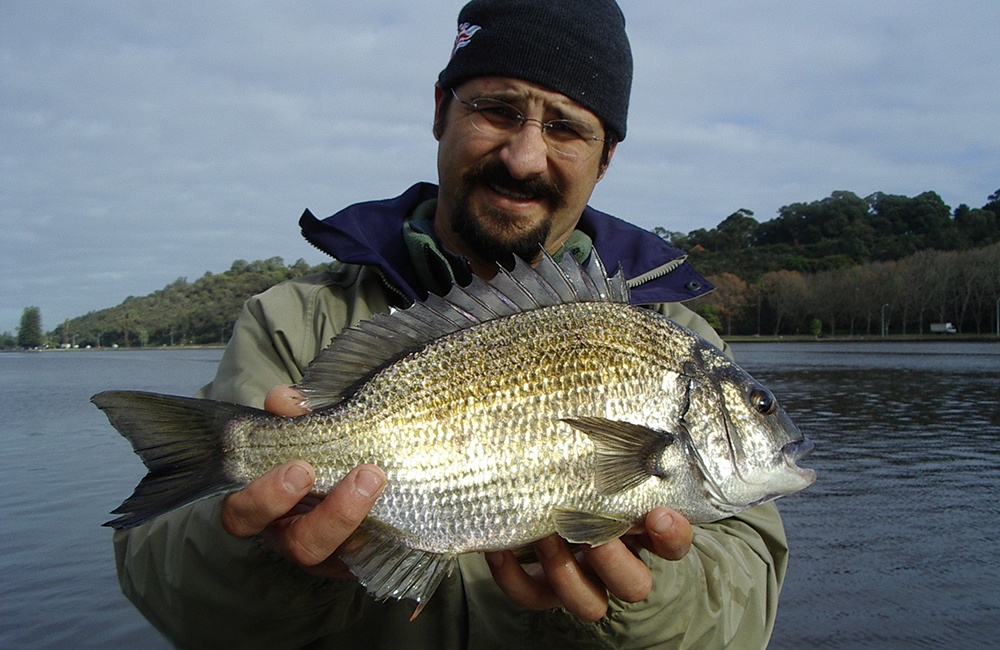 They will usually become harder to catch at these times, but this is also when very big fish get caught.
They will usually become harder to catch at these times, but this is also when very big fish get caught.
Both mulloway and bream will drop into deeper, more saline, holes in waterways when the freshwater level near the top of the flow is high.
Trout fishers are well attuned to the seasonal variations in water flow, as they play such a critical part in fishing for this species.
In winter, the water levels rise and trout instinctively push up the rivers and streams looking for areas to spawn.
For the popular blue swimmer crab, freshwater flushes will send them scurrying into deep holes in rivers like the Swan.
While they will be up on the shallow flats in summer, they return to depths where the water is more saline, like bream and mulloway.
The winter flush in the Swan and Peel-Harvey is also time for king prawns to be on the move.
The more water movement the better and a good flow, especially after the first rains, combined with a big outgoing tide is peak time for prawn dabbers in the lower reaches of both systems.
Although winter rains can make life difficult for fishers in the short term, without them we’d be a lot worse off!
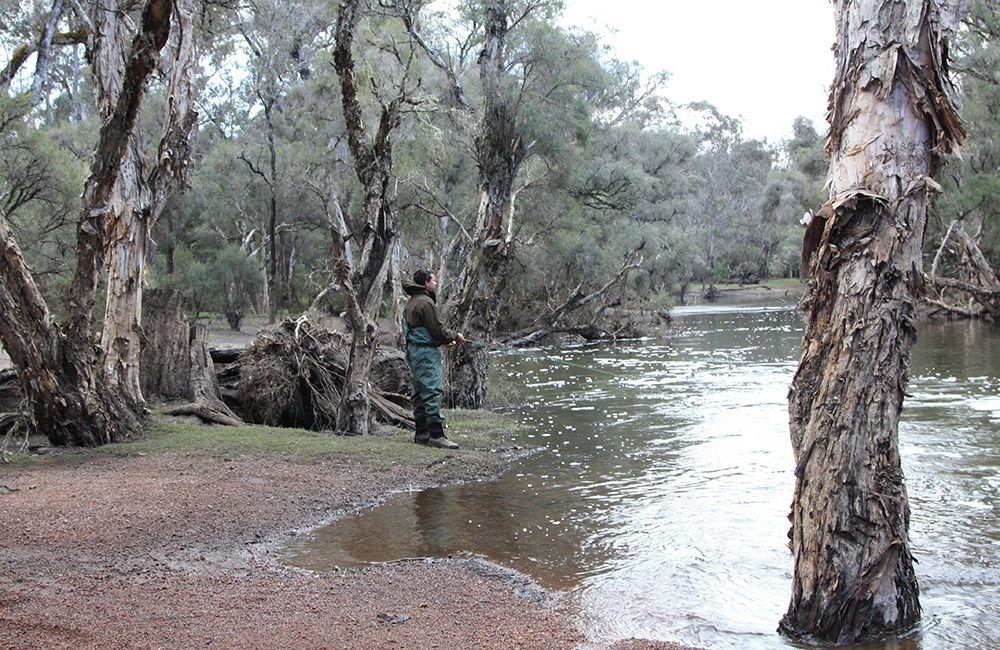
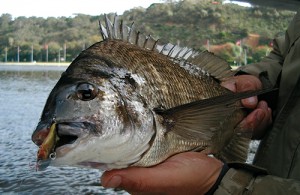
Winter Big Bream
Winter is the perfect time to catch big bream. Check out our Winter Bream article for some great tips on how and where to catch big bream in the colder months.
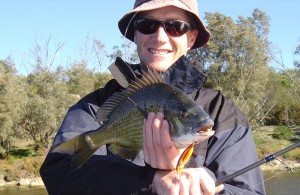
Keeping Warm in Winter
Thinking of heading out for a winter fishing session? Before you go, check out our Winter Fishing, Warm and Dry article for information on what to wear to keep warm while fishing in winter.

